What Are the 4 Levels of the Food Chain?
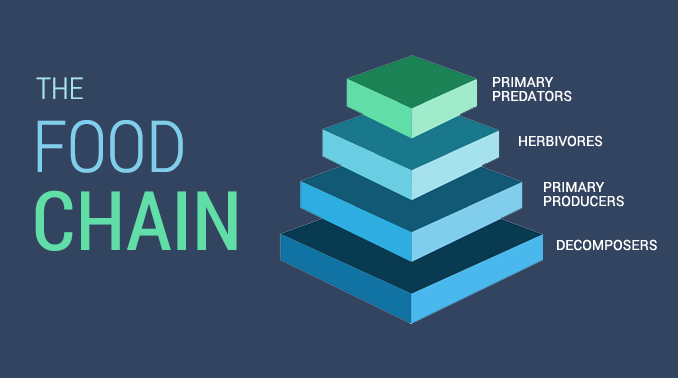
“All living things rely on each other because they are part of the food chain. They are the basic building blocks of every ecosystem.”
A food chain describes how living organisms get their food. All organisms, from the most complex to the most simple ones, need food to survive. Living things can be part of multiple food chains and all connected food chains in an ecosystem combine to make a food web.
As shown in the infographic below, a basic food chain is composed of producers, consumers, and decomposers.

The 4 levels of the food chain consist of:
- PRODUCERS: At the bottom of the food chain, plants are natural producers and provide food and nutrients to consumers.
- HERBIVORES: Herbivores (primary consumers) nourish plants and insects.
- PREDATORS: Predators (secondary consumers) prey on herbivores or other predators. But apex predators are at the top of the food chain without any predators of their own.
- DECOMPOSERS: When an animal dies, scavengers and decomposers break them down. Afterward, it can be recycled to be part of the food chain again.
The food chain is like a domino effect as each organism affects one another. So let’s go through all the links of the food web one step at a time starting with plants.
1. Primary producers
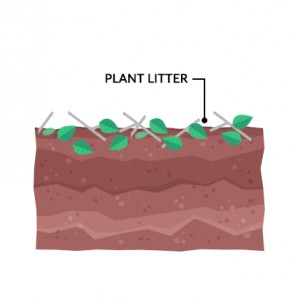
On land, producers like green plants are at the base of the food chain. In the ocean, it’s phytoplankton that generates 95% of primary production. They also contribute 50% of oxygen to our atmosphere.
Photosynthesis allows plants to create the essential sugars and nutrients for survival. They incorporate solar energy and inorganic nutrients to generate new living tissues.
Plants are autotrophs that use energy from the sun to make their own food. They are natural producers and provide food and nutrients to consumers like herbivores and omnivores.
2. Herbivores (consumers)

Herbivores nourish plants that take energy from the sun. For example, rabbits, cows, sheep, giraffes, elephants, caterpillars, and butterflies are types of herbivores.
These primary consumers (generalists) transform plant tissue into animal tissue. Herbivores are heterotrophs that cannot produce their own food. Instead, they rely on sources of organic carbon like plants and animal matter.
Herbivores don’t have digestive systems suited for meat. For example, cows and goats have incredibly complex digestive systems. They can get all the essential nutrients from grass because they have several stomachs for digestion.
“Because it’s an animal, it is of course a food source for other animals, which are in turn a food source for even more animals.”
3. Carnivores
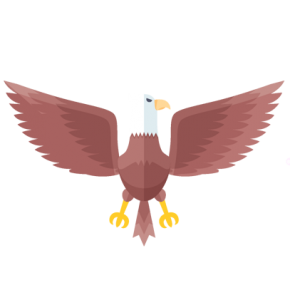
At the top of the food chain, predators prey on herbivores or other predators. While carnivores only eat meat, omnivores eat both meat and plants.
Foxes, wolves, lions, and sharks are types of carnivores. And humans, bears, pigs, and pandas are examples of omnivores.
Carnivores have sharp teeth and are efficient at tearing apart flesh. They also have a really short digestive system that’s well-suited for getting nutrients out of meat.
Most ecosystems support higher-level consumers through which materials are transferred from one carnivore to another. These ecological relationships include predation, competition, mutualism, and commensalism.
4. Decomposers
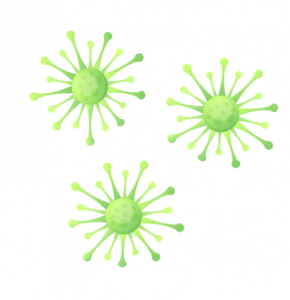
Decomposers (microorganisms and large fungi) are the clean-up crew that return materials to the physical environment.
When an animal dies, scavengers and decomposers break them down. Insects like beetles and flies fragment the carcasses into separate pieces.
Next, smaller decomposers like fungi, bacteria, and other microbes transform complex compounds into simple chemicals. They are microscopic in size, but they’re large in numbers.
“Decomposers are like the cleanup crew that recycles matter back to the food chain again.”
Where do you fit in the food chain?
We all depend on the environment. Everything is connected. The food chain depicts the exchange at different levels.
Even though there are different types of ecosystems, they all generally have:
- Primary producers
- Consumers
- Decomposers
The missing link is how the non-living environment interacts with our environment. For example, the sun provides solar energy. The atmosphere contains inorganic nutrients for plants to grow.
What Are the 4 Levels of the Food Chain?
A food chain represents the relationship between predator and prey. It is a way of classifying animals, plants, and fungi that eat other organisms in order to survive.
The four levels in this food chain are primary consumers, secondary consumers, tertiary consumers, and finally decomposers or phytoremediators.
If you have any questions, don’t be shy, and make sure to ask one in our comment section below.

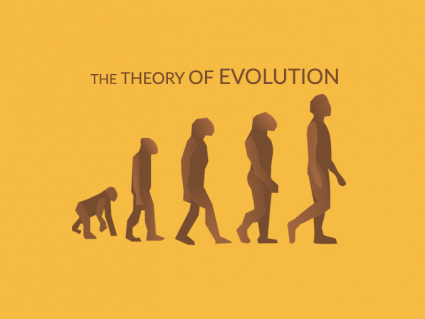
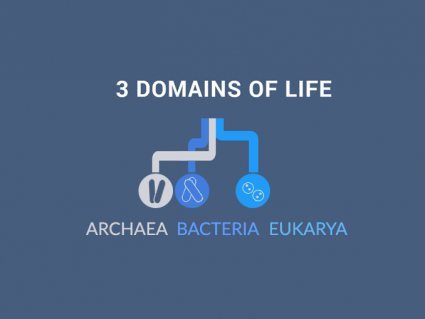
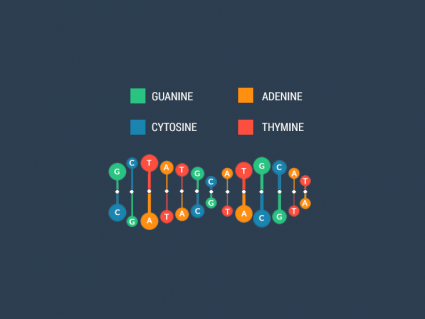
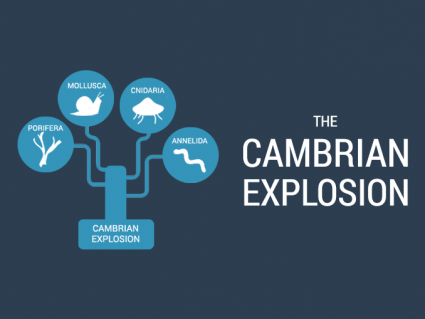


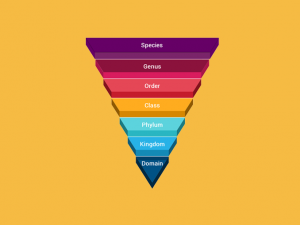
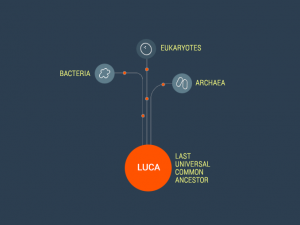
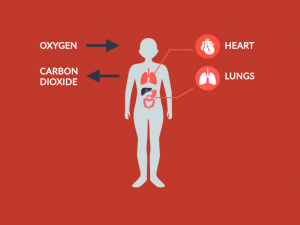

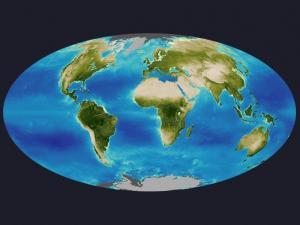
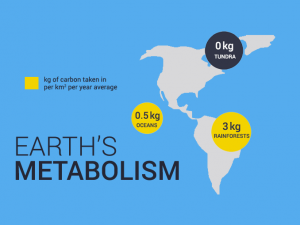
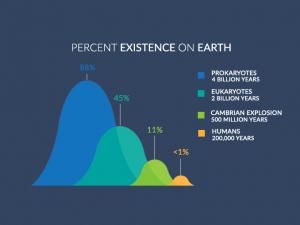
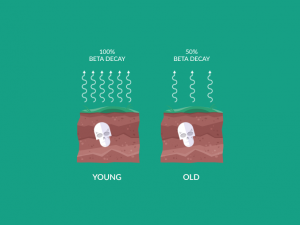
it was very good and it helped me to understand what i did not
Sure, here are some examples –
Producers (Grass, trees, plants, etc)
Primary Consumers – Herbivores like deer and rabbit feed on the plants.
Secondary Consumers – Omnivores or carnivores like snakes that eat herbivores.
Tertiary Consumers – Tertiary consumers feed on secondary such as a pack of wolves.
Give me an example of a four levels food chain.
Awesome
Is the word detrivore used instead of decomposer?